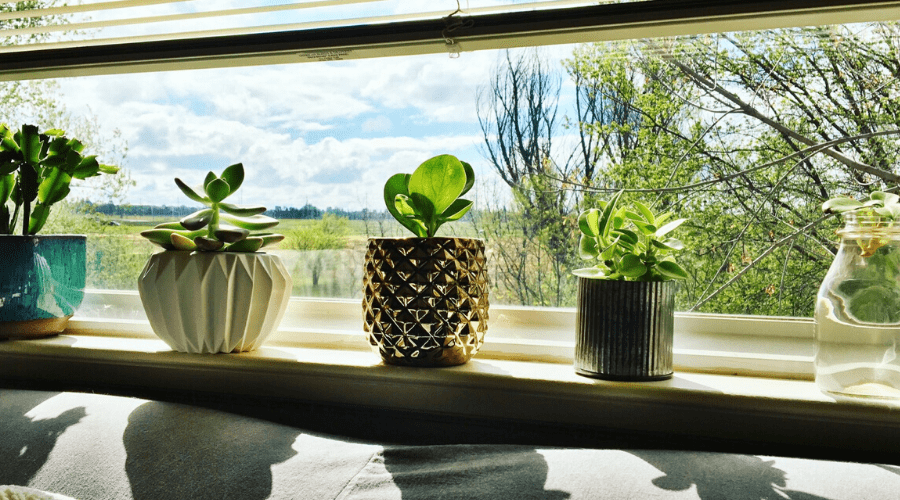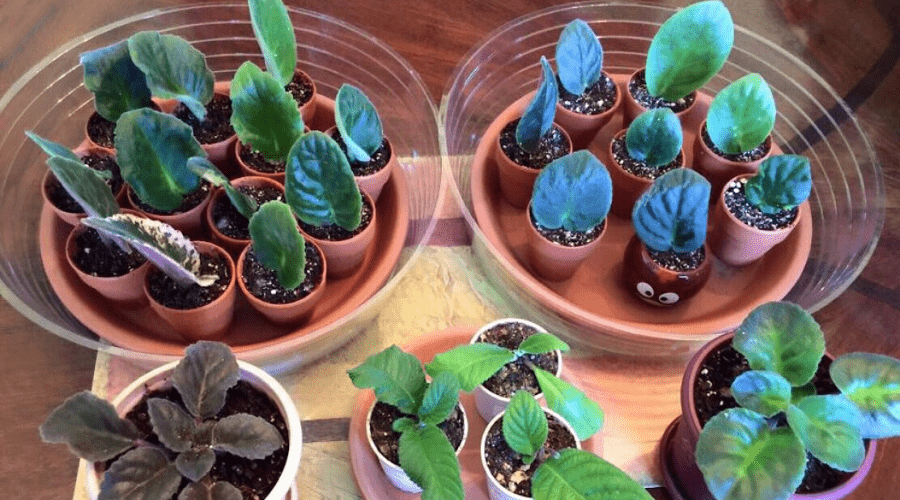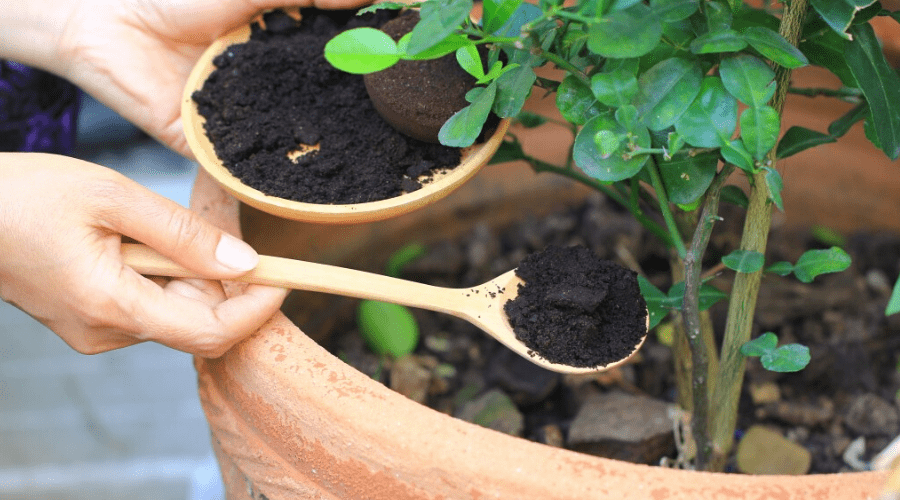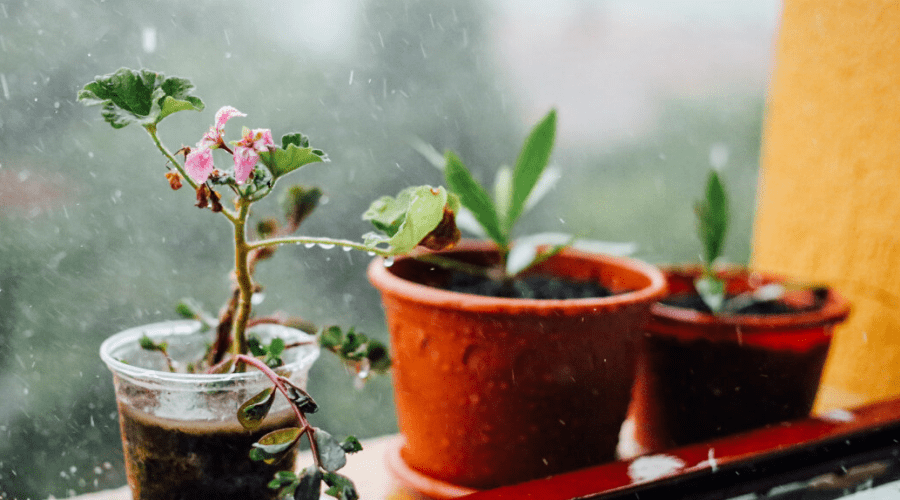Growing plants indoors often seems scarier than it actually is. It is true that each plant has its very own growth process, so it’s impossible for us to cover the steps for growing every possible plant. However, we can answer some of the most burning questions related to plant growth and see what some of the things are that you should know about plant growth in general.
What Are the Best Plants to Grow Indoors?
The good news is that even if you don’t have garden space to grow plants outdoors, there are a lot of different species that will do just fine inside. Amongst the most popular plants that people choose to grow indoors, we can mention snake plants, pothos, spider plants, rubber trees, peace lilies, aloe vera, and African violets. But there are so many more!
How Can I Make My Indoor Plants Grow Faster?
When it comes to tips and tricks to make indoor and outdoor plants go faster, you can actually receive a lot of advice. First of all, you need to make sure that your plants already have all the required conditions to thrive even without any extra pushes. Do they have enough water/light/fertilizer? Are they clean? Is the temperature right? Once you make sure that these basic conditions are met, you can turn to some of the most common ingredients and mixtures that are known for helping plants grow faster, such as:
- Banana peels are really popular for growing container vegetables such as tomatoes or pepper plants. Because they are rich in potassium, banana peels can be chopped and buried in the soil.
- Egg shells are rich in calcium and can also be used in the soil of your plants. Make sure they are clean and crushed, and just scatter them on plant soil.
- Aquarium water is also something people use to nudge plants to faster growth. Even if fish shouldn’t swim around in their own waste, it is that very same waste that can prove beneficial to plants.
- Coffee grounds are another “magic” ingredient that people turn to when they want to give their plants a growth boost. Coffee grounds are actually rich in nitrogen, potassium, phosphorus, and calcium.
Why Are My Indoor Plants Not Growing?
There are literally dozens of things that can prevent your plant from growing: it has too much/not enough fertilizer, it doesn’t have the required level of humidity, it doesn’t get enough light, it’s getting too much/not enough water, it requires cleaning, it could need repotting, it might need pruning, and the list can go on. Hey, nobody said growing plants is a walk in the park.
What Is the Growing Season for Indoor Plants?
You might be under the illusion that as long as you keep the temperature inside the house constant, you can trick your plants into thinking that it’s summer all year long. However, just like their outdoor siblings, indoor plants are very much aware of the changing seasons. Even when they are inside, plants tend to thrive during the spring and summer season and will require special care during fall and winter.
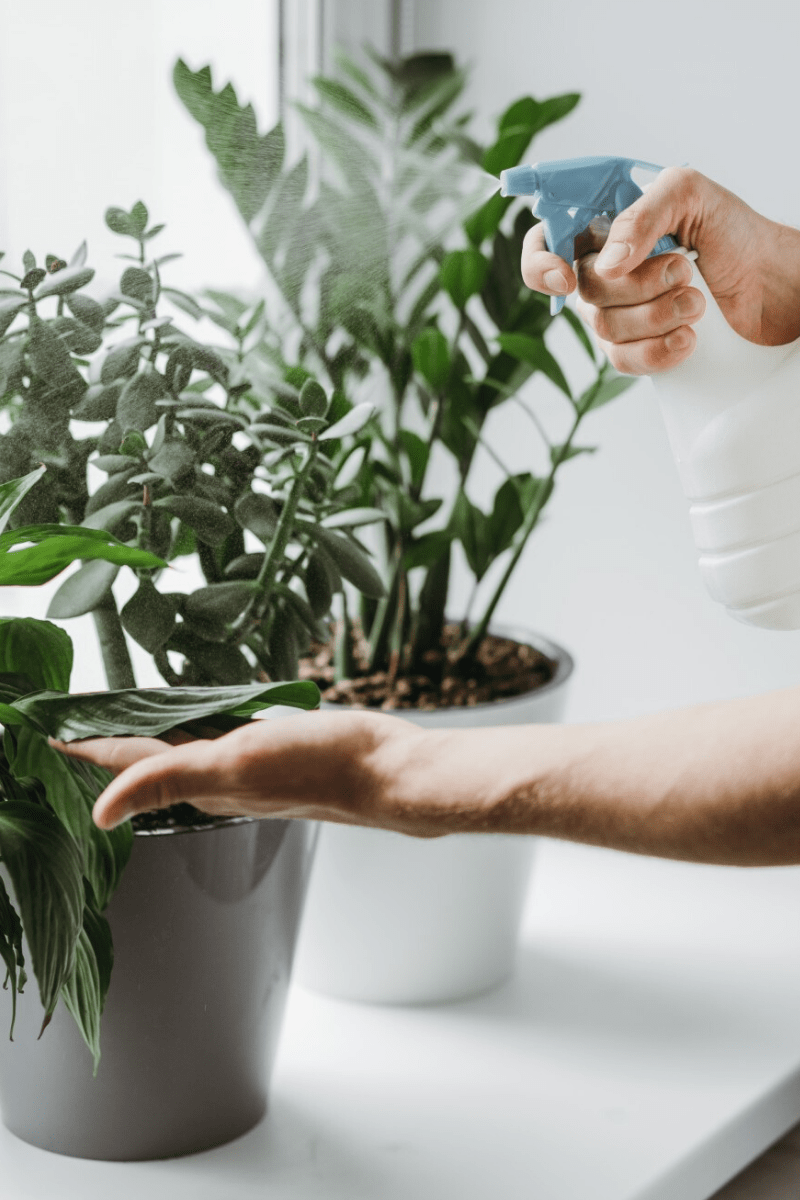 Should I Mist My Plants?
Should I Mist My Plants?
This is probably one of the most controversial topics in the realm of growing your own houseplants: do you mist them or is this action absolutely useless? People that support the idea of misting are those who say that plants from tropical climates need the added moisture to survive. Those who are against misting suggest that misting the plants doesn’t really do much for humidity, and it also helps attract more pests and diseases.
The correct answer to the question is: it depends on the climate you live in and what types of indoor plants you’re growing. For the most part, plants should be able to grow just fine in homes where moisture levels are between 30 and 40 percent. However, if your house has dryer air, plants can start to struggle, in which case raising the humidity isn’t just good for the plant, but also good for you. You can also look for signs that may be telling you the plant doesn’t have the required humidity level, like yellow or brown leaves.
What’s really important and not negotiable is for you to avoid misting plants with fuzzy leaves. If you mist them, this will lead to permanent spotting. What you can do instead is fill a tray or another similar recipient with pebbles or other similar stones and add water just below the top. Put the plant container on top of those rocks, but make sure it doesn’t touch the water.
How Often Should House Plants Be Watered?
As you can imagine, this is a very general question and it’s like asking someone “how fast do vegetables grow?” The correct answer depends on the type of plant you’re trying to grow and how fast the heat and light exposure can cause the soil to dry out. Different plants have different watering conditions, which also happen to vary depending on the size of the plant. Smaller plants are more in need of watering compared to larger plants, but there are so many other factors that chip in.
For example, plants like African violet, orchids, ficuses, citrus trees, rubber plants, etc. will generally require watering once every 5 to 10 days. Aloe vera, snake plants, and most succulents can last up to 15 days without watering.
Is Coca Cola Good for Plants?
There are people who like to use soda pop as fertilizer, but is this truly efficient? The sugar in sodas like Coca Cola can actually prevent the plant from absorbing water. There are about 3.38 grams of sugar in one ounce of Coke and this amount is surely to kill the plant. However, club soda and carbonated water might provide some benefits over regular tap water, as they are rich in sodium, potassium sulfur, hydrogen, oxygen, and carbon.
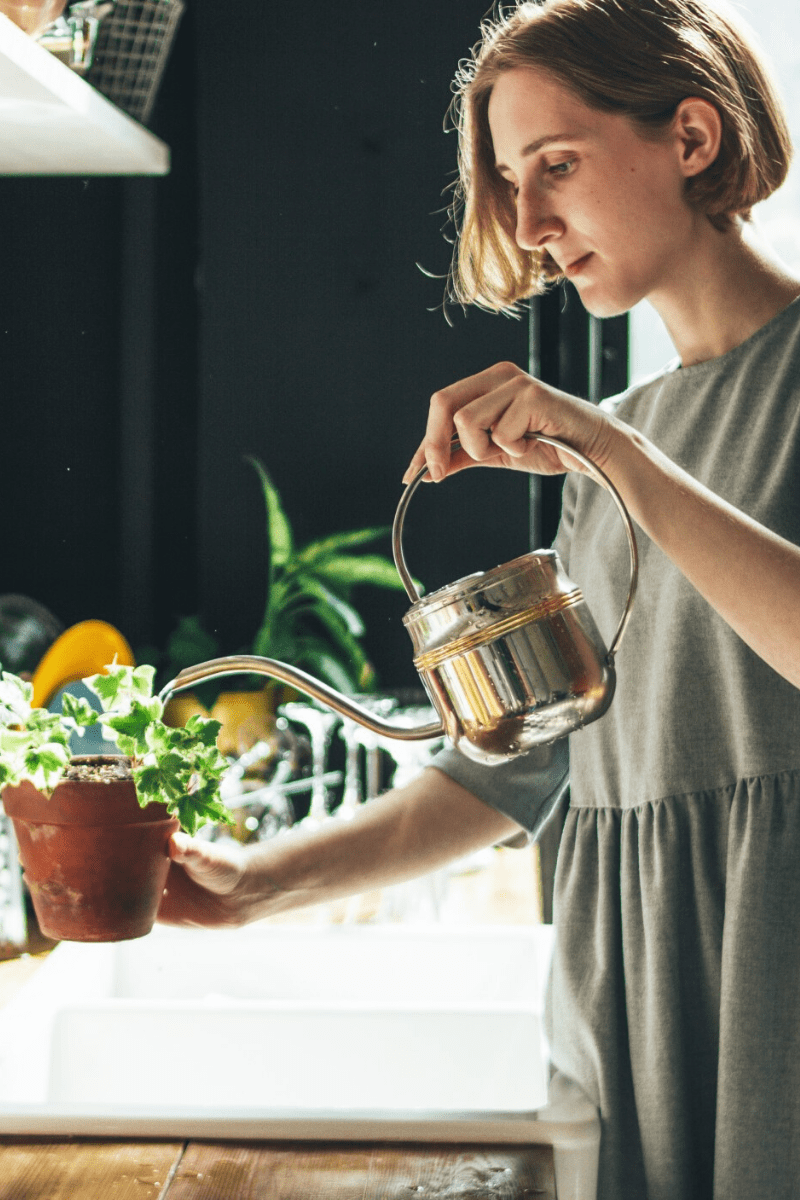 What Liquid Makes Plants Grow Faster?
What Liquid Makes Plants Grow Faster?
There are actually a lot of liquids that can helps with plant growth, such as:
- Manure tea is a combination or manure and water left out to ripen. You can use poultry bird manure or well-rotted steer manure, and you have to let it set for 60 days before using it. It is advisable not to use manure coming from carnivores because there is a risk of disease if you do. To make manure tea, just mix 4 gallons of water with one gallon of manure, stir, and leave it to ripen for about a week. This works on both indoor and outdoor plants.
- Even if there isn’t a whole lot of evidence of carbonated water being efficient, it is believed that the bubbles in this liquid which are rich in carbon dioxide can provide the plant with what it needs. There are also certain varieties of soda water that contain salt and they should not be used on plants.
- You can also use green plant tea, but not the one that you usually drink. This one is a mixture of plants that included alfalfa. Put these pellets into a gallon of water, let it steep and then use the liquid for plant watering.
- You can buy liquid fertilizer and have your plants get an even higher boost of nutrients. These fertilizers are available in a granular or powdered form which is later mixed with water to create the actual liquid that can be used to enrich the soil.
Is Boiled Water Good for Plants?
Yes, but probably not in the way you’re thinking. When we think about boiling water, it’s mostly because we know that high temperatures can kill a lot of water contaminants and make the water cleaner. If you want to boil water to make it cleaner for your plants, that’s not a reason to do it.
However, boiling water is good if you want to kill weeds, which is typically not the case with indoor plants. You may want to keep in mind that boiling water is an organic weed killer, but it doesn’t really do much when it comes to keeping the plant alive.
Conclusion
Growing indoor plants is an amazing thing that starts off as a hobby for most people, but it ends up being one of the most satisfying and enjoyable things they can take pride in. You can never have too many plants, especially when you consider how important they are as part of a healthy ecosystem.
There are actually a lot of different plants that you can grow indoors, and while each of them has different growth conditions, there are still some basic rules that you have to follow and which are generally applicable to almost any plant species.

